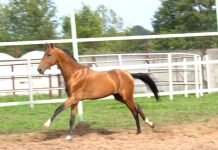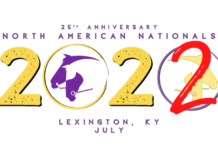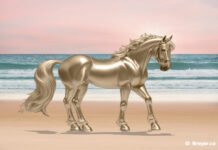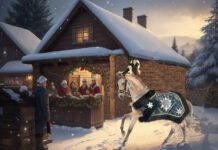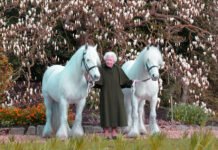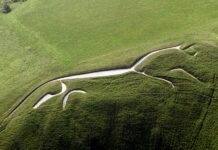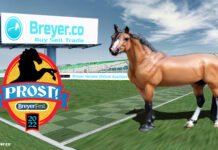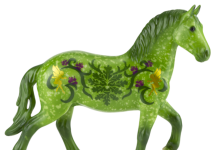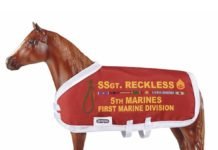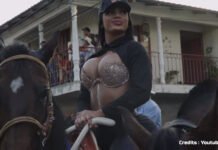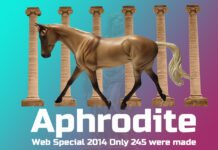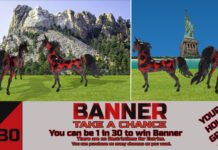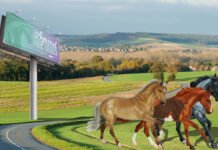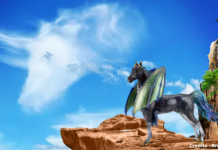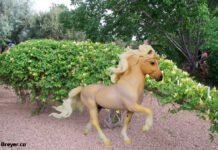The horse is a magnificent animal and today we are talking about the five most beautiful horse breeds in our opinion!
There are so many breeds in the world of horses that it’s no big surprise that these fantastic creatures come in such a variety of shapes, sizes, and colors. From enormous draft breeds to miniature horses, there’s an equine for everybody out there! In any case, some breeds have such exceptional attributes that they look like something straight out of a story book. Today we are going to discuss the Five Most Beautiful Horse Breeds counting down from #5!
5 Andalusian Horse

Known as the Pure Spanish Horse or PRE, the Andalusian comes to us straight from the Iberian Peninsula, where its ancestors have lived for thousands of years. The Andalusian breed, itself, has been recognized since the the 15th century. Known for its prowess as a war horse, it was prized by nobility and used by the Spanish government as a tool of diplomacy. They were ridden by kings and noblemen across Europe. This horse breed has been used to develop many other breeds including the Lusitano and the Azteca. It is used extensively in movies that are historical or about fantasy and you can see why. They are simply elegant and regal.
4 Arabian Horse
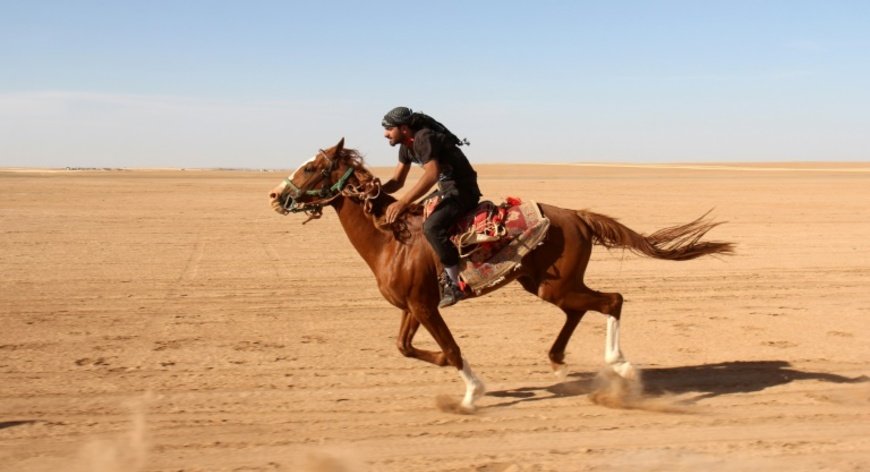
The Arabian Horse are Arab Horse originated from Arabian Peninsula.
With a distinctively “dished” face and high tail carriage, the Arabian horse it the mostly easily recognizable horse breed in the world. It also is one of the most ancient of breeds with archaeological evidence found in the Middle East dating back more than four thousand years! Arabian horses are known for their speed, endurance, strong bones and hot temperments. They were used in many dry areas of the world for their innate abilities and prized by their owners because they represented prestige. Today, Arabian bloodlines are found in almost every modern breed of riding horse.
3 Haflinger
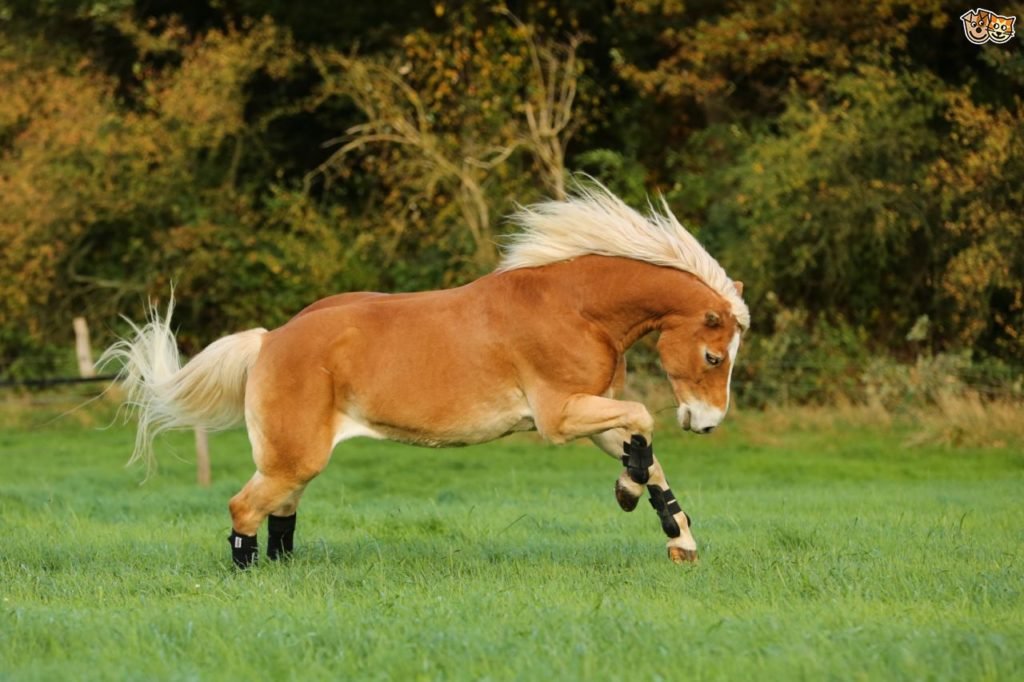
The Haflinger, also known as the Avelignese, is a breed of horse developed in Austria and northern Italy (namely Hafling in South Tyrol region) during the late nineteenth century. They are not large horses and are always chestnut with a flaxen mane and tail. They are commonly decribed as having an energetic, but smooth gait and are well-muscled. The breed traces its ancestry to the Middle Ages where there are several theories about its origin. Haflingers are known for their hardiness since they were developed for use in mountainous terrain. Their current conformation and appearance are the result of bloodlines ranging from Arabians and various European breeds being crossed with the original native Tyrolean ponies. 249 Folie, the foundation sire, was born in 1874 and all Haflingers can trace their lineage back to him through one of seven bloodlines. World Wars I and II, as well as the Great Depression, had a detrimental effect on the breed, and lower-quality animals were used at times to save the breed from extinction. During World War II, breeders focused on horses that were shorter and more draft-like because they were favored by the military for use as pack horses. After the war, the focus shifted towards animals of increased refinement and height.
2 Gypsy Vanner
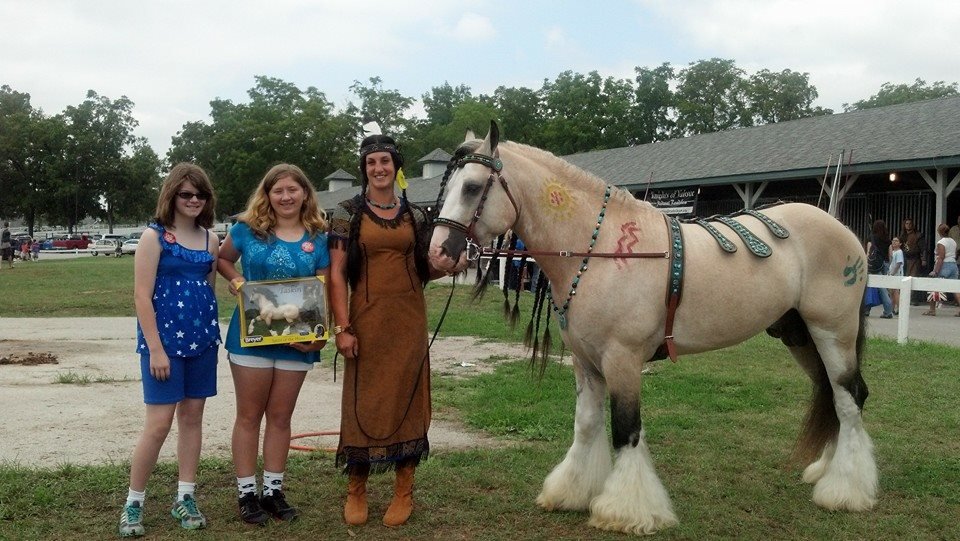
The Gypsy Horse was bred by the Roma of Great Britain to pull the vardoes in which they lived and traveled. The Roma had arrived in the British Isles by 1500 AD, but they did not begin to live in vardoes until around 1850. The horses were bred to be stout and strong boned to pull the Gypsy caravans across the landscape. The Gypsy Vanner is often called the “people sized” draft horse for their compact size and came from the bloodlines of Clydesdales, Shires and native British ponies, such as the Dale. It is known for its amazingly lush manes, tails and feathering on its lower legs that billow in the breeze and with every movement, making them an extremely “showy” and beautiful horse to watch.
1 Friesian
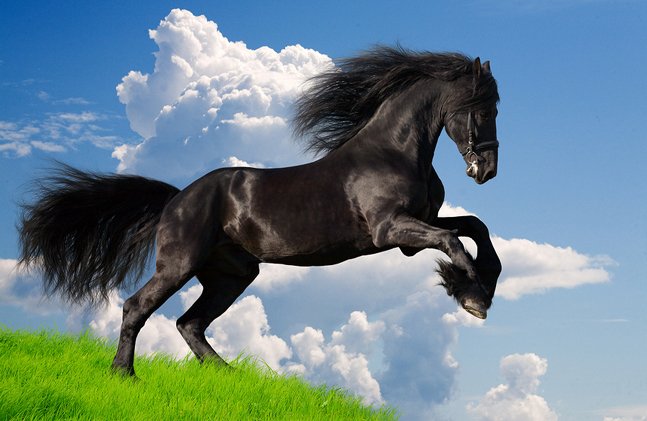
A Beautiful Picture of Friesian Horse
Watch any movie about knights, kings and medieval times and you will see a Friesian! This breed is most often recognized by its black coat color, however, color alone is not the only distinguishing characteristic. Long flowing manes and tails plus feathering on the lower legs are always defining characteristics of the Friesian. They also have a very tall and refined stance. They are graceful and elegant when they move. Some Friesians are occasionally chestnut as some bloodlines do carry the “red” (‘e”) gene, but they rarely have white markings of any kind. Most registries allow only a small star on the forehead for purebred registration. The breed is kept pure by imposing a rigorous approval process for a stallion to be accepted as breeding stock by the FPS studbook (Friesch Paarden Stamboek). Almost everyone dreams about owning a Friesian!



